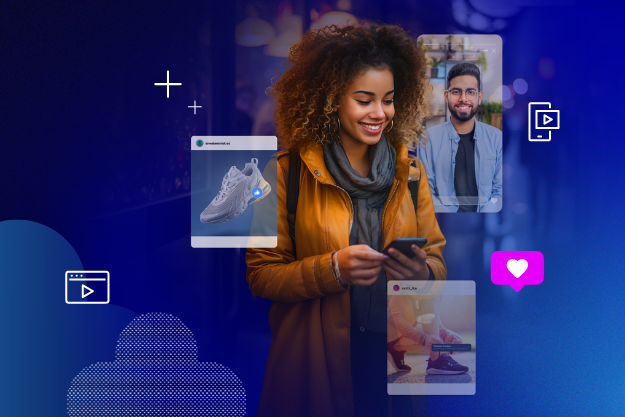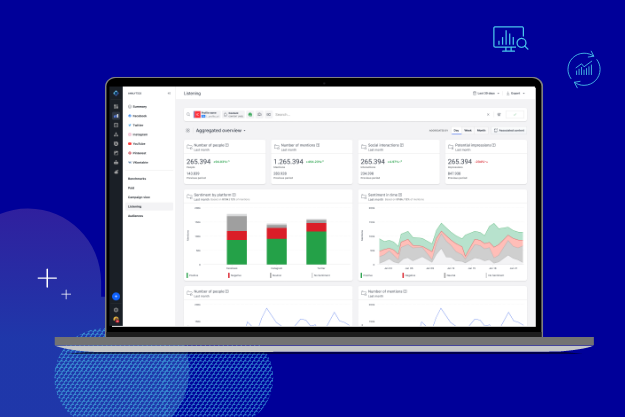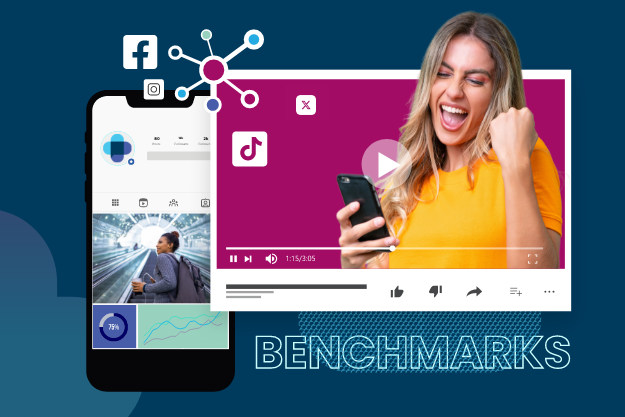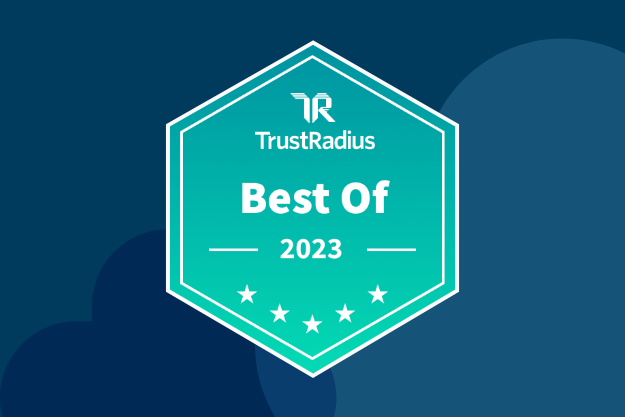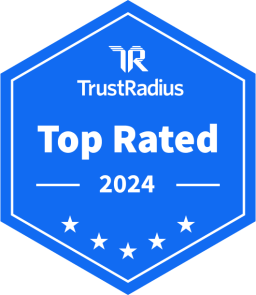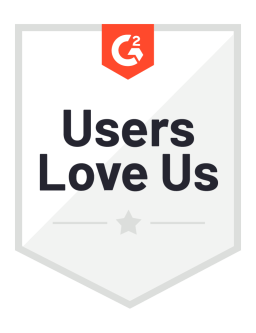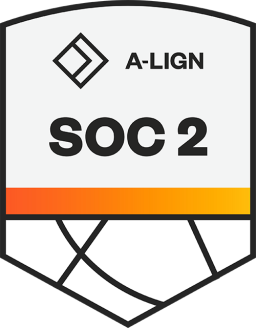For any brand looking to craft effective social and content marketing strategies, understanding your audience is one of the biggest keys. Social media has become a treasure trove of insights, offering brands a wealth of data to delve into the minds and behaviors of their target audience. Social listening – the process of monitoring and analyzing conversations that take place on social media – provides invaluable opportunities for brands to build out detailed audience personas.
Let’s look at six ways social listening can empower marketing teams to create comprehensive audience personas that drive engagement, loyalty, and growth.

1. Understanding demographic information
A key benefit of social listening is its ability to uncover demographic details about your audience. By analyzing the profiles and conversations of social media users engaging with your brand or industry, you can gather insights into their age, gender, location, occupation, and more.
Example: A skincare brand notes that their audience primarily consists of women aged 25-34 residing in urban areas, leading them to shift their marketing and product strategy toward concerns common to this demographic, like anti-aging solutions, acne treatments, or products formulated with natural ingredients.
2. Learning interests and hobbies
Beyond demographic information, social listening allows brands to gain insights into the interests and hobbies of their audience. By monitoring the topics, hashtags, and discussions that resonate with your audiences, you can learn more about their passions and preferences.
Example: A fitness apparel brand finds that their audience is enthusiastic about topics like yoga, running, and healthy eating, prompting a greater focus on comfortable yoga wear, while sharing more healthy recipes and cooking tips on their blog.
3. Gauging pain points and challenges
Social listening also provides brands a way to identify the pain points and challenges faced by their audience. By monitoring conversations related to your industry or products, you can uncover common frustrations and areas for improvement.
Example: A software company discovers that their audience struggles with outdated user interfaces and complex onboarding processes. Knowing that, they’re able to think about how to simplify the way they educate their customers, speaking in plainer language that will resonate better with the people they need to get up to speed.
4. Analyzing brand sentiment
Brand sentiment analysis is another valuable aspect of social listening for building audience personas. By tracking the sentiment surrounding your brand, products, and competitors, you can gauge how your audience feels and perceives your offerings. Positive sentiment indicates areas of strength and satisfaction, while negative sentiment highlights areas for improvement.
Example: A hospitality brand sees that, while customers praise their luxurious accommodations, they express frustration with long wait times at check-in. This could arm them with the data they need to revamp their employee training program, emphasizing the initial customer experience while hiring extra front desk help during high-traffic times.
5. Tracking purchase intent and behavior
Social listening allows brands to track conversations related to purchase intent and behavior. By monitoring discussions around product recommendations, purchasing decisions, and brand loyalty, you can gain insights into the factors influencing your audience's buying decisions.
Example: A fashion retailer finds that their audience relies heavily on peer recommendations and user-generated content (UGC) when making purchase decisions. This could be the impetus for launching a full-fledged UGC strategy, seeking out authentic user content to incorporate into their marketing efforts to appeal to their target audiences.
6. Adapting to emerging trends
Social listening helps brands stay agile and adaptable in the face of emerging trends and market shifts. By monitoring trending topics and discussions, you can stay ahead of the curve by anticipating changes in consumer preferences and behaviors.
Example: A food and beverage brand notices a surge in conversations from their target audience around plant-based diets and sustainability. This could encourage them to look for more vegetarian and vegan alternatives within their offerings, along with sharing more with respect to their company values around green initiatives.
Takeaways
Social listening offers social media marketers and marketing leaders a powerful tool for building comprehensive audience personas.
By leveraging social listening, marketing teams can gather a lot of information about their audience that would require far more effort and resources otherwise, if it was possible at all. And by integrating these insights into their marketing strategies, brands can drive engagement, loyalty, and growth going forward.
If you’d like to see how Emplifi can help your brand boost your social listening strategy, we’d love to show you what we can do.














